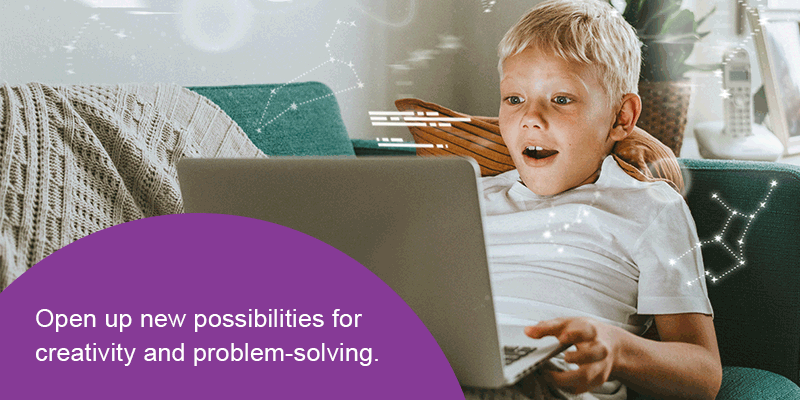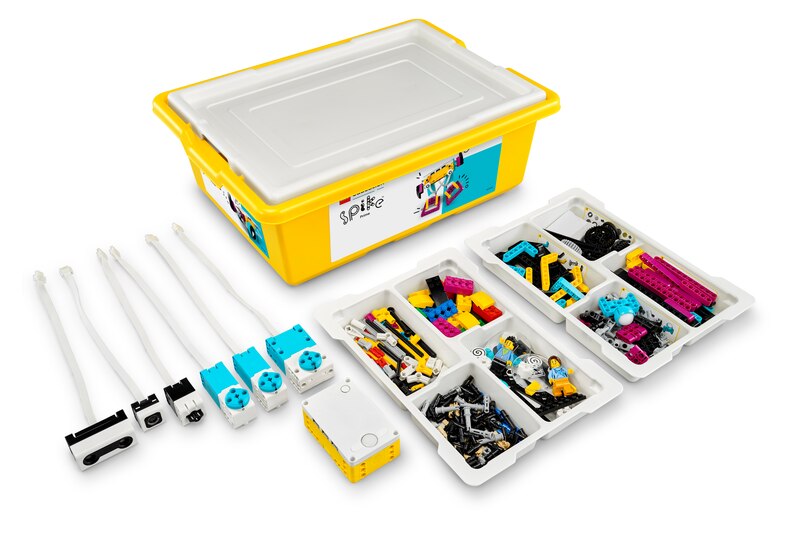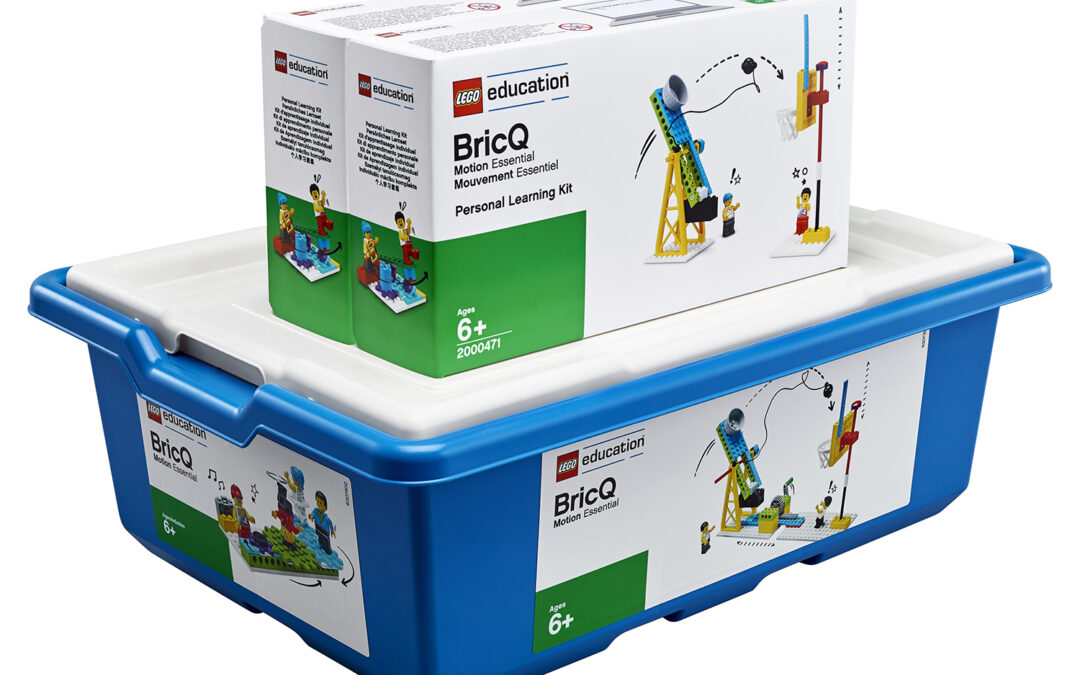
Learn Coding: Useful Tips to Shift From Block-based to Python
Useful Tips to Shift From Block-based to Python
Transitioning from block-based programming to writing code in Python can be a rewarding journey that opens up new possibilities for creativity and problem-solving. Block-based programming, often used in platforms like Scratch, provides a visual way to introduce programming concepts. And Python offers a text-based environment to learn coding for more detailed programming tasks. Here are some tips to help you in making a smooth transition:
1. Understand the Basics:
Start by familiarizing yourself with fundamental programming concepts like variables, data types, loops, and conditionals. While block-based languages represent these concepts visually, Python uses text-based syntax. It would help if you focused on understanding these concepts while learning coding.
2. Learn Python Syntax:
Python syntax is different from block-based languages. Begin with simple programs that print messages or perform basic calculations. Python’s syntax is more explicit, using indentation to define code blocks. This indentation-based structure encourages clean and organized code.
3. Start with Simple Programs:
Begin by recreating simple programs you’ve created in block-based languages. For instance, if you made a block-based program that drew shapes, try writing Python code to draw shapes using libraries like Turtle Graphics in the initial stages while you learn coding.
4. Use Functions:
In block-based programming, you create functions by snapping together blocks. When using Python, the parts are defined using the Def keyword. Functions help organize your code and make it more modular.
5. Explore Data Structures:
Move to lists, arrays, and dictionaries in Python. These structures store and manipulate data, replacing the visual representations you may be used to in block-based languages. Learn how to access, modify, and iterate through these structures.
6. Learn Object-Oriented Programming (OOP):
Block-based languages often abstract OOP concepts. Python’s OOP capabilities are robust. Understand classes, objects, methods, and inheritance to create more sophisticated and organized programs.
7. Debugging and Problem-Solving:
Python offers detailed error messages when something goes wrong. Learn to interpret these messages to identify and fix issues in your code. Enhance your problem-solving ability by dissecting intricate issues into more approachable and bite-sized tasks. Learn coding by following a step-by-step approach.
8. Utilize Libraries:
Python has a rich ecosystem of libraries and modules that extend its capabilities. For example, explore libraries like NumPy and Pandas if you want to work with data. If you’re interested in web development, check out Flask or Django.
9. Practice Regularly to learn coding:
Transitioning to Python requires practice. Code regularly, experiment with different concepts, and tackle progressively more complex challenges. Use online coding platforms and resources to reinforce your learning.
10. Read and Collaborate:
Study other people’s code while you learn coding. This method enables an understanding of new techniques and approaches. Participate in coding communities and forums to ask questions and get help when needed.
11. Reflect and Iterate:
Reflect on your progress and iterate on your approach. Consider converting your previous block-based projects into Python programs to reinforce your learning and witness the transition firsthand.
Python in Pieces by 2simple is an interactive coding environment that facilitates a smooth transition from block-based programming to text-based Python. It offers guided lessons to learn coding and open-ended activities that empower students to confidently progress from Key Stage 2 (KS2) to Key Stage 3 (KS3). This platform allows for easy translation between block code and Python in both directions, making it a versatile tool for learners. With its curriculum-aligned lessons, teachers can effectively support classroom and remote learning. Python in Pieces offers a range of valuable features to enhance the learning experience. You can explore explainer videos, task lists, and teacher solution guides. These resources collectively foster independent learning among students while equipping educators with tools to closely monitor the progress and performance of individual students and the class as a whole.
While you learn coding, remember that transitioning from block-based programming to Python is a gradual process. Practice self-patience and take moments to acknowledge and appreciate your achievements as you progress. With determination and consistent effort, you’ll soon find yourself comfortable and proficient in writing code with Python.









Recent Comments